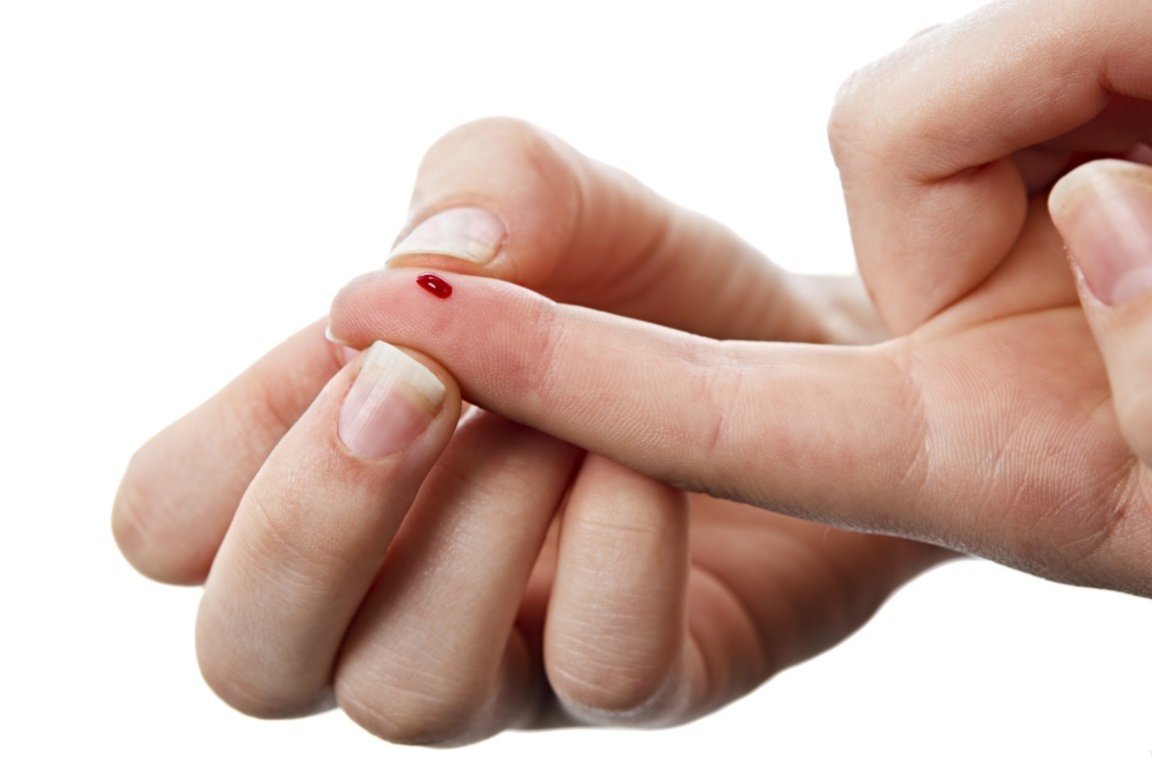
Google’s New Patent Application
At present, if you have diabetes, you have it for the rest of your life. But although there is no cure, it can be managed—there is treatment. To stay healthy, people who have this condition have to regularly monitor their blood glucose levels and administer insulin. This typically means at least three tests a day, everyday.
The tests require individuals to draw blood from themselves. It’s not a lot of blood; it’s just a small finger prick. But then you have to put the blood on a strip, insert it into a machine, wait to see what your levels are like, and then administer the required insulin.
Not the end of the world, but definitely not a convenience. Now, Google may have a way to change.
Current personal electronic devices already do much more than what the original versions did in yesteryear. For example, smartwatches do more than just tell time. They can also collect data about heart rate, how much exercise you do, and your stress levels. Google seems to intend to add another novel feature—taking your blood.
The tech giant filed a patent application for a “needle-free blood draw” device that can be implanted in a wearable

Vampire Wearable
As shown in the patent, the proposed device makes use of a gas-powered microparticle that it fires into the skin. It then draws a small vial of blood into a pressurized container. The device comes in different configurations, such as a the aforementioned wearable smartwatch, and it can be used to measure glucose levels.
This may be a better way to take blood than some current methods, as for many people, pricking themselves can be bothersome. In order to lessen the pain involved , very small needles are used in some devices. Unfortunately, they may fail to completely pierce the skin, resulting in a slight prick but no blood. This is why Google suggests the use of microparticles propelled by gas.
However, there is no telling if the device will actually be realized. The company told The Verge that they “hold patents on a variety of ideas—some of those ideas later mature into real products or services, some don’t. Prospective product announcements should not necessarily be inferred from our patents.”